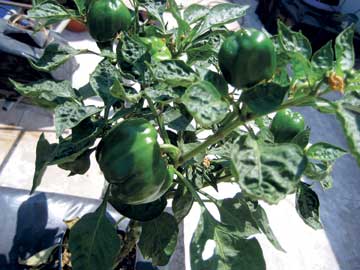It’s that time of year again. When we begin to look at the calendar to check how many days we have left before the last examination paper is corrected and the last mark sheet collated before we can sit back in the chair and sigh a sigh of relief. When we check our watches to see if we can get back before the afternoon sun begins to burn in earnest. Depending on the part of India you live in, you have anywhere from two to six weeks (give or take a few) before the school year really comes to an end and you can look forward to the LONG vacation. In past issues of Teacher Plus, we’ve talked about things to do in this vacation: catch up with reading for pleasure, put up your feet and spend afternoons drinking long cool iced beverages, spend time with family and children (other than students!) and maybe going on a vacation. Some of us are the sit- back-and-relax kind and others are the get-up-and-do-something-different kind and we make our choices based on whether we want relaxation or stimulation.
 This month at Teacher Plus we decided to go into acation mode… what that means is, we decided to bring you a cover story that might set you thinking about how to use this time (the time that doesn’t get used up by things you didn’t plan). When I heard about my friend Kamini’s rooftop garden project it struck me that it would be a great experiment to try, as individuals who might have an interest in such things, as well as teachers. The motivation to bring readers this story was not so much that it could provide inputs for the classroom but that it might just be an enjoyable – and productive – exercise for each of us. After being given a personal tour of the hydroponic vegetable patch, and tasting the tomatoes that it yielded, I certainly was inspired! The rest of the editorial team too felt it would be a different sort of story, a departure perhaps from the issues we usually focus on, but one that would give us not only something to put in practice, but to chew on – literally and figuratively!
This month at Teacher Plus we decided to go into acation mode… what that means is, we decided to bring you a cover story that might set you thinking about how to use this time (the time that doesn’t get used up by things you didn’t plan). When I heard about my friend Kamini’s rooftop garden project it struck me that it would be a great experiment to try, as individuals who might have an interest in such things, as well as teachers. The motivation to bring readers this story was not so much that it could provide inputs for the classroom but that it might just be an enjoyable – and productive – exercise for each of us. After being given a personal tour of the hydroponic vegetable patch, and tasting the tomatoes that it yielded, I certainly was inspired! The rest of the editorial team too felt it would be a different sort of story, a departure perhaps from the issues we usually focus on, but one that would give us not only something to put in practice, but to chew on – literally and figuratively!
This exercise also reminded us about the wealth of learning that we can draw from the events and actions we are witness to. Whether it is the tragic natural calamity in Japan or the nuclear disaster that is following in its aftermath, or the corruption in Indian politics, or the rooftop garden experiment that a friend succeeds with, each has something within it that can be instructive and illustrative. That’s the excitement of education – our materials and our methods are constantly expanding. All we have to do is look around us. And of course, bring what we see (and think) back into the classroom!
